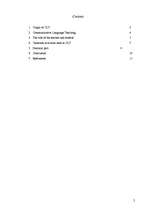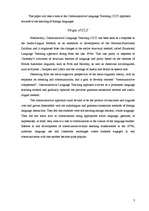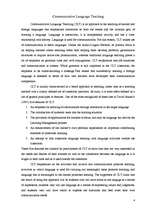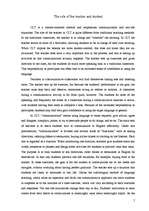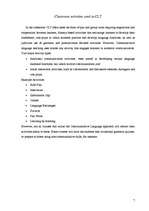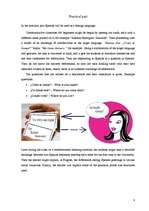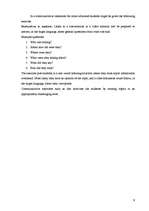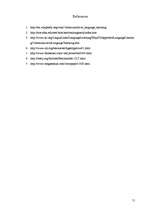-
Communicative Language Teaching
| Nr. | Chapter | Page. |
| 1. | Origin of CLT | 3 |
| 2. | Communicative Language Teaching | 4 |
| 3. | The role of the teacher and student | 5 |
| 4. | Clasroom activities used in CLT | 7 |
| 5. | Practical part | 8 |
| 6. | Conclusion | 10 |
| 7. | References | 11 |
If children learn their primary language without systematic instruction in it, that means that it is perfectly possible to acquire one or more any other language in the same way without cramming particular rules and grammatical patterns. In other words, learning takes place more readily if the language is encountered in active use than if it is seen or heard only as a set of disembodied utterances or exercises. If native speakers of any language know how to put the words in the right grammatical order so automatically that they have seldom been consciously taught anything about this order, that means that any other person acquiring language in a social, communicative, well-disposed society, is able to express oneself clearly without even thinking of producing the words and grammatical structures. Having ideas, organizing them logically and expressing them effectively will come later, but very naturally, as if speaking one‘s own language.
One of the basic principles of the direct method is the primacy of the spoken over the written language. The results of the direct method teaching show better pronunciation, more fluent speech, but less grammatical accuracy in written works. The only task of the teacher is to design the conversational patterns and involve students in communicative activities such as games, role-plays, and problem-solving tasks. By communicating, they learn not also how to say anything, but also what to say. …
Darbā iekļauta teorija par CLT mācību stilu, tā raksturīgākās iezīmes un pieeja, kā arī ir praktiskais paraugs mācību stundai.


